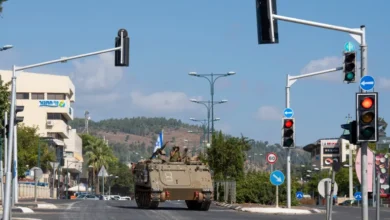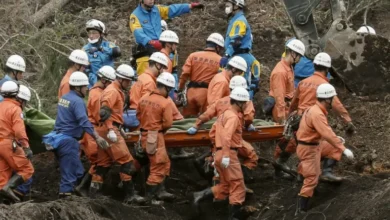Uncovering of mass grave at Gaza’s Nasser Hospital: What you need to know
The discovery of a mass grave inside the Nasser Medical Complex in Khan Younis in the southern Gaza Strip this week has been met with grief and horror from Palestinians and has drawn condemnation from the United Nations and calls for a transparent and credible investigation.
More than 300 bodies have been uncovered so far from the hospital after Israeli forces withdrew on April 7. The UN Human Rights Council on Tuesday said more bodies were found at Gaza City’s al-Shifa Hospital, the enclave’s largest health facility, which the rights body said was “an empty shell” after a two-week Israeli siege ended there on April 1.
The mass graves at Gaza’s two largest medical facilities are among the several discovered since Israel launched its war on the besieged coastal enclave on October 7, killing more than 34,000 Palestinians. Israel’s offensive came after Hamas fighters carried out attacks inside Israel, killing 1,139 people.
Here is what we know about the mass graves uncovered so far:
What has been found so far?
Gaza civil defence crews said more than 300 bodies have been recovered from the mass grave at the Nasser Medical Complex so far.
According to Al Jazeera’s correspondent Hani Mahmoud, those being retrieved from the grave included women, children, patients and medical staff.
He said medical staff and evacuees who had managed to leave the hospital before the Israeli army’s withdrawal had described scenes of “horror, mass killings and arrests to the point the entire hospital turned from a place of healing into a massive graveyard”.
The civil defence group on Monday said it uncovered many of the bodies from what appear to be temporary graves inside the Nasser complex as Israel’s siege prevented access to cemeteries, The Associated Press news agency reported.
What is a mass grave?
There is no international definition of a mass grave. However, forensic experts define a mass grave as a “burial site containing the remains, often commingled, of numerous persons”.










